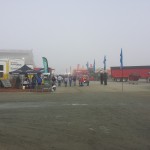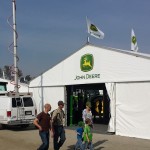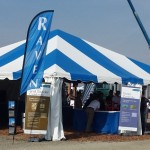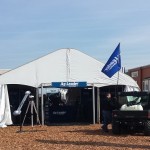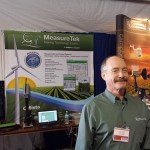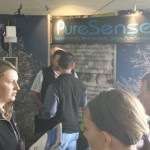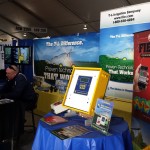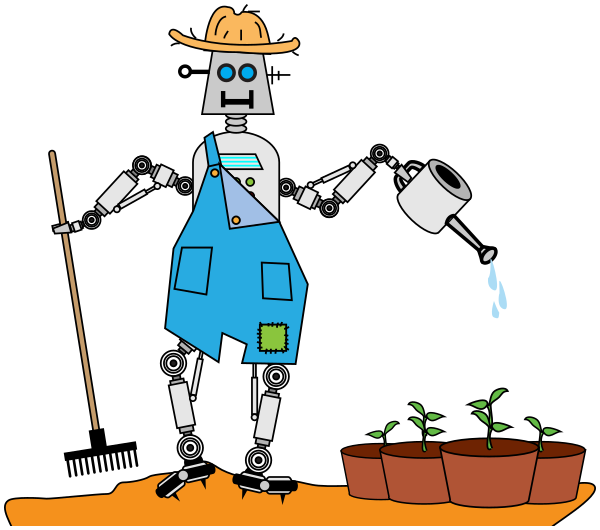
Every week there seems to be an announcement about autonomous farm equipment – John Deere acquired Blue River in 2017, and then Bear Flag Robotics last year, and now they’re, essentially, announcing Bear Flag’s products as their own. Meanwhile, Case bought Raven Industries last year, after Raven had acquired DOT Technology and SmartAg. Even smaller, specialty-crop companies are getting into this, like GUSS and Fieldin.
The case for autonomous rolling stock is obvious – if you’re not driving the tractor/sprayer/combine/whatever, you can be somewhere else doing something else valuable. And there are times you would really rather have the robot driving…
I have considered tillage to be the activity most ready for automation, so I had applauded Bear Flag’s emphasis on tillage and Deere’s decision to acquire them and offer an autonomous 8R for tillage. I’ll be interested to see how this goes… it’s coming at a time when no-till or strip-till is increasingly popular, but there’s still a lot of the world still digging up fields.
Planting and harvest are difficult, complex, and time-sensitive tasks, so I expect they will be the last to be automated, but that still leaves spraying and cultivating. GUSS out here in California is already out spraying orchards, and, again, I think Deere was smart to acquire Blue River for their vision-based weeding system. It’s not ready to be a blockbuster product this year, but I can certainly see a future where weeding (and possibly other pest control) is done by a self-driving machine. The autonomous farm won’t be a complete “rip-and-replace” operation – I expect we’ll see it come one piece at a time, slowly replacing human labor, just as it has for the last 200 years.
In truth, once you are liberated from having to drive the machine, of course, you can actually employ more machines. You can have multiple large machines, like the Deere 8R tractor or the Raven (now Case) Omnipower platform, working in different fields, or you could conceivably start replacing some of them with swarms of small, nimble machines like the prototype Fendt Xaver seeder or the Australian Swarmfarm sprayer.
However, having multiple machines in the field requires that they be able to communicate with each other and, possibly, with a central server. That communications must be both low-latency (to avoid delays and collisions) and high-bandwidth (to ensure that they can “speak freely” – at times they’ll need to communicate a lot of information). There are a lot of pundits out there telling us that “5G will solve everything” – and the technical specs tell us that could be absolutely true. That leaves only one important question: do you have 5G on your farm today?
If you’re in the 95{6d84e97b9d70a88c7827a68919bdc428927c26a1a62ff29e804188d6763d834c} or so who answer “no” to that question, you might want to consider another solution – a solution that might even be better. Meshing WiFi was originally designed to enable “Mobile Ad-Hoc Networks” or “MANETs” – exactly what these devices are using in the field. Instead of waiting for a carrier (or several – many farmers I know require two or more phones, because one carrier covers one part of the farm and a different carrier covers another) to come and plant a 5G network on your property, you can start establishing a WiFi network across your property using AyrMesh Hubs and AyrMesh Cab Hubs for your vehicles.
The advantages of using WiFi include:
- You control the network: what gets covered and who gets to use it
- It uses your existing Internet connection – no extra charges
- It connects to your existing LAN – you can put servers on your network so data need not leave your farm
- It’s standard, so it works with everything, from your laptop to cameras to low-cost soil sensors and controllers… including robots
- It will get better with time – new versions of WiFi will bring advantages.
This is an exciting time for farming – things are going to change pretty quickly, and there will be real advantages for those who adopt new technologies. The AyrMesh network provides a “backbone” that allows you to adopt those technologies easily, and we’re eager to work with the companies that are producing these new technologies to maximize the value they bring to farmers.

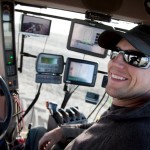 There is an image of farming – bucolic, peaceful, unfettered by the concerns of the technological age. It’s lovely, and many of us indulge it to some degree… but it is patently false. Agriculture is an industry moving quickly on the technology curve as markets demand more, higher-quality, and cheaper food and grains. Specialized implements, higher-horsepower machines, GPS steering, variable rate planting and spraying, and the cellphone have all had an impact on farm productivity. But that’s not all.
There is an image of farming – bucolic, peaceful, unfettered by the concerns of the technological age. It’s lovely, and many of us indulge it to some degree… but it is patently false. Agriculture is an industry moving quickly on the technology curve as markets demand more, higher-quality, and cheaper food and grains. Specialized implements, higher-horsepower machines, GPS steering, variable rate planting and spraying, and the cellphone have all had an impact on farm productivity. But that’s not all.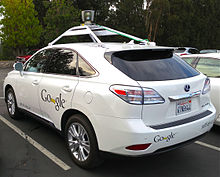

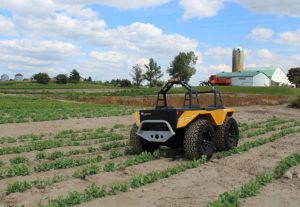
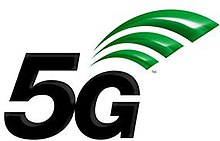 I have a Google Alert for “Wireless Farm” – I get about an article a week (and many of them are about wireless technologies for “server farms” and other odd things). But today I got a link to this article about “
I have a Google Alert for “Wireless Farm” – I get about an article a week (and many of them are about wireless technologies for “server farms” and other odd things). But today I got a link to this article about “
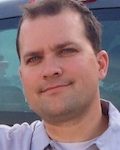 Aaron Ault, who is the team lead for the Open Agriculture Data Alliance, was interviewed by Precision Farming Dealer. I think that data privacy and ownership is an extremely important issue (one of the benefits of the AyrMesh system is keeping data on the farm), and I though this was a terrific interview.
Aaron Ault, who is the team lead for the Open Agriculture Data Alliance, was interviewed by Precision Farming Dealer. I think that data privacy and ownership is an extremely important issue (one of the benefits of the AyrMesh system is keeping data on the farm), and I though this was a terrific interview.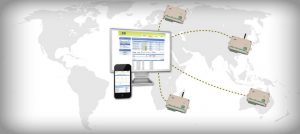
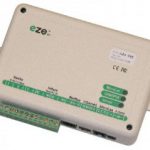
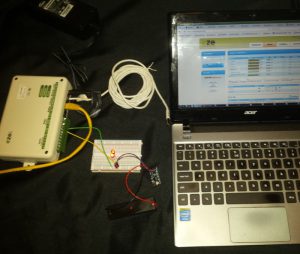 I set mine up on a table to see how it worked. The good folks at eze System included a Microlan temperature probe, so I set up my unit with that connected to the Microlan connector and a couple of LEDs (with a battery) connected to one of the relay outputs.
I set mine up on a table to see how it worked. The good folks at eze System included a Microlan temperature probe, so I set up my unit with that connected to the Microlan connector and a couple of LEDs (with a battery) connected to one of the relay outputs.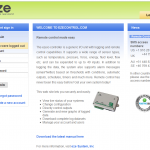 I then went to their web-based dashboard and started setting things up. It’s pretty simple – you get a login on the dashboard, and you add your ezeio controller. You can then set up the inputs (in my case, the temperature probe) and outputs (the relay) and then set up rules to watch the inputs and take appropriate actions. If you want to see the details, I have put together a
I then went to their web-based dashboard and started setting things up. It’s pretty simple – you get a login on the dashboard, and you add your ezeio controller. You can then set up the inputs (in my case, the temperature probe) and outputs (the relay) and then set up rules to watch the inputs and take appropriate actions. If you want to see the details, I have put together a 




